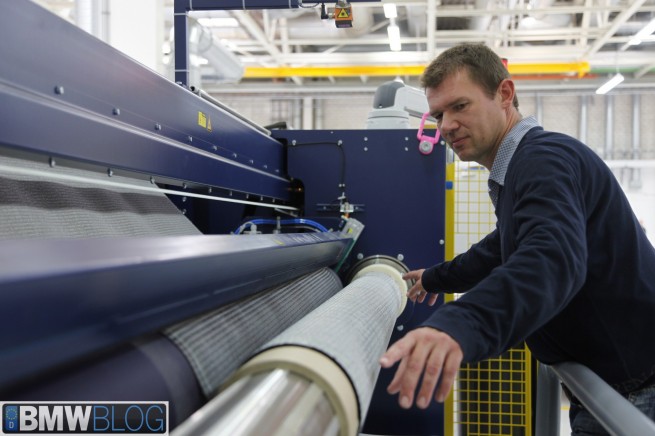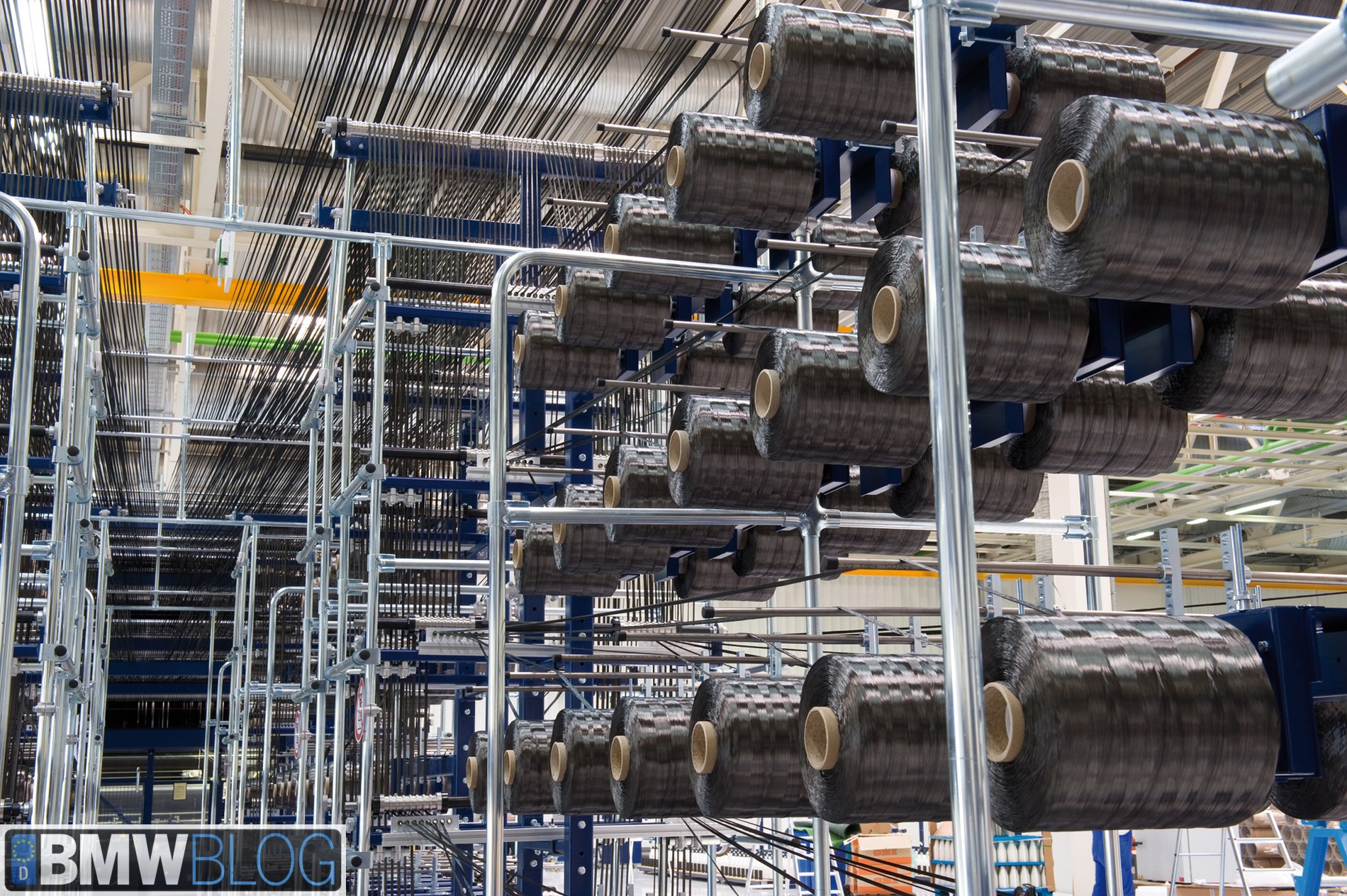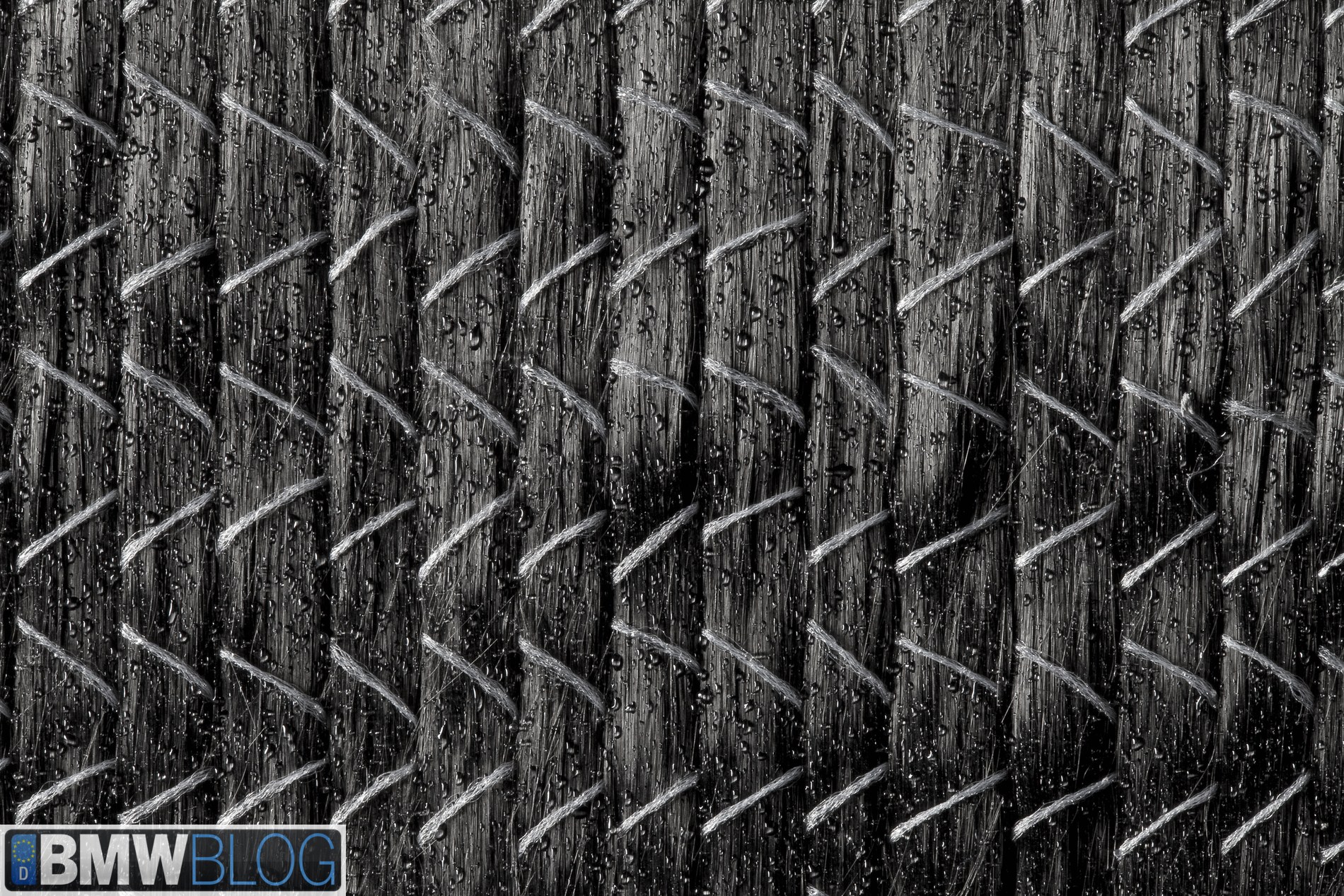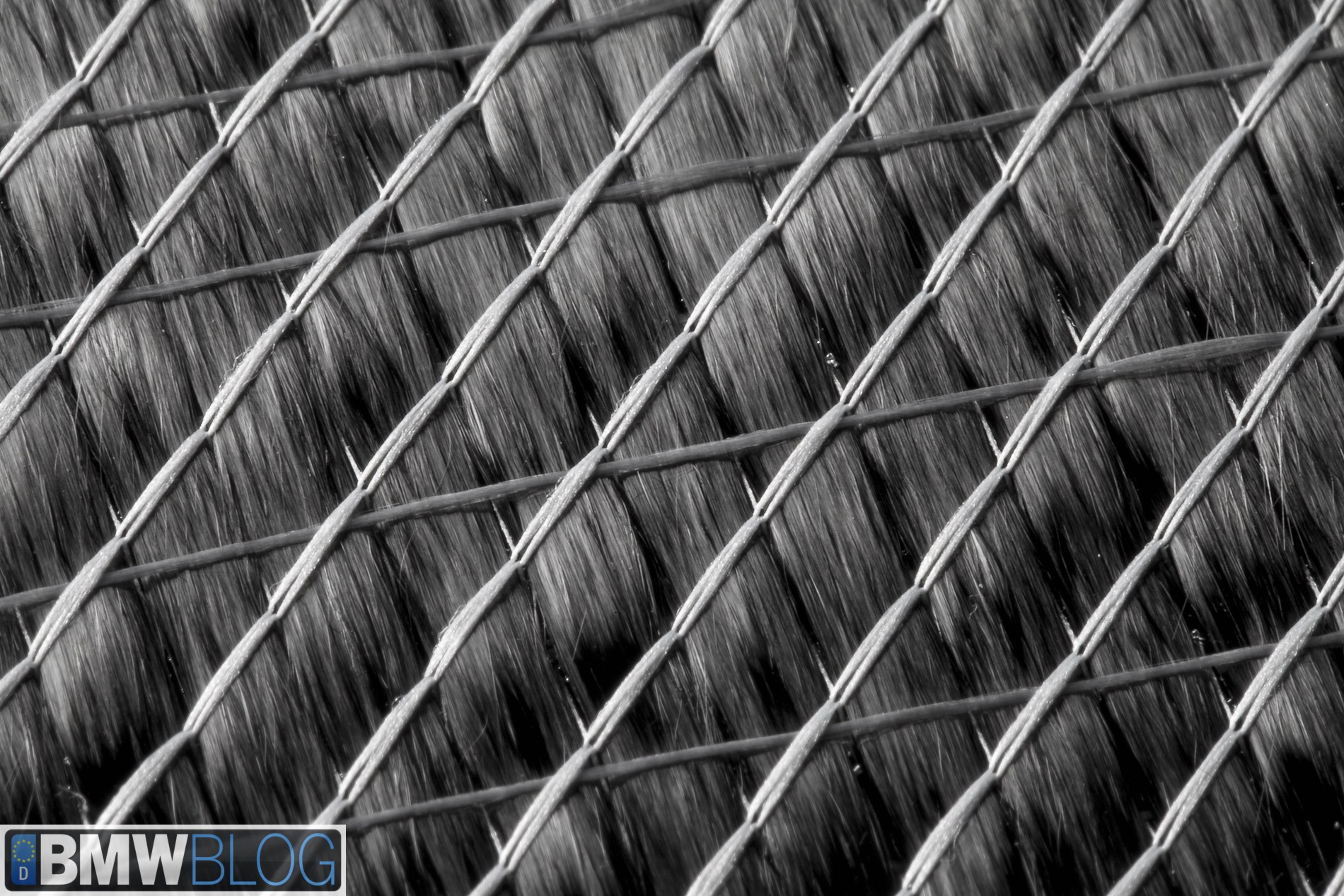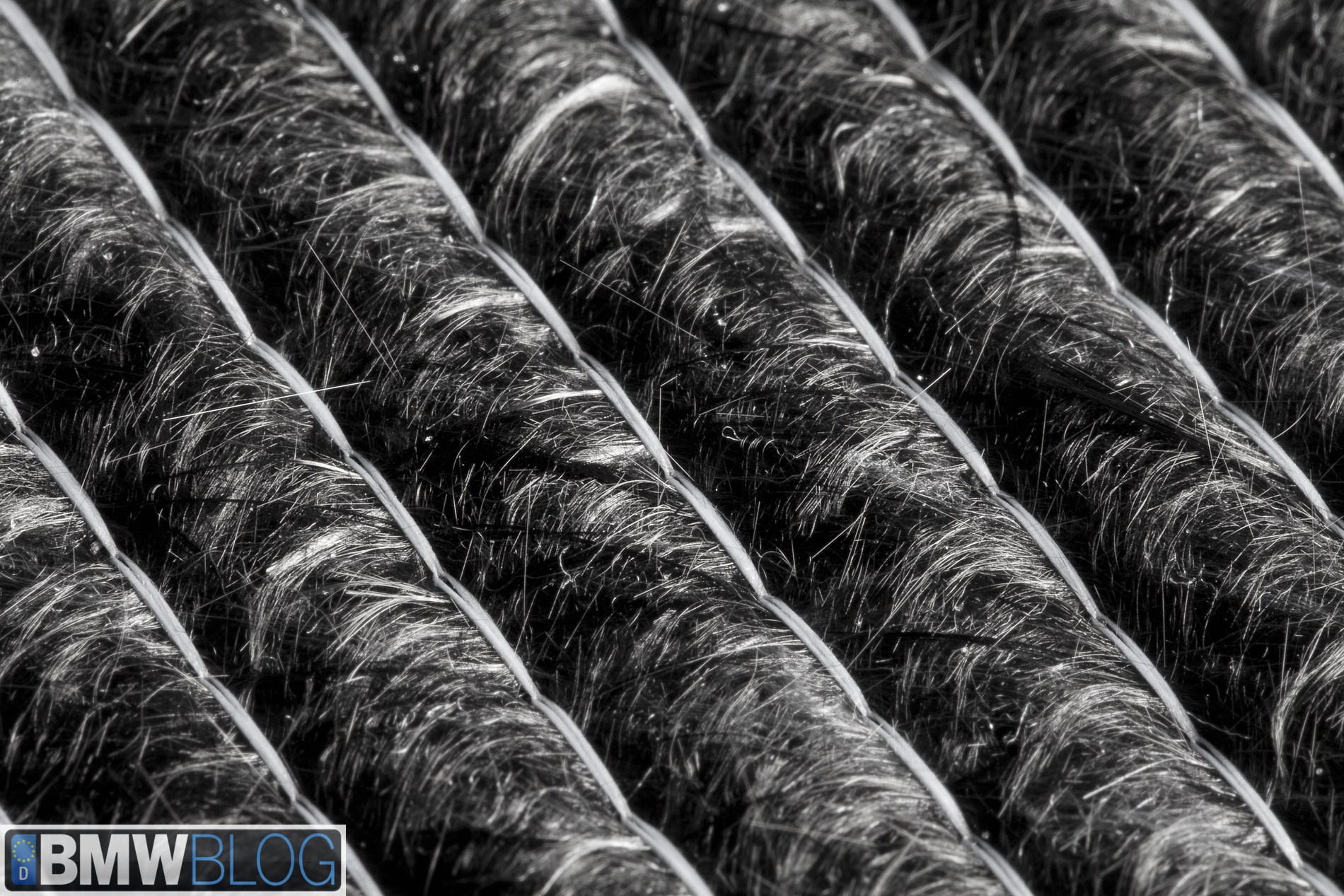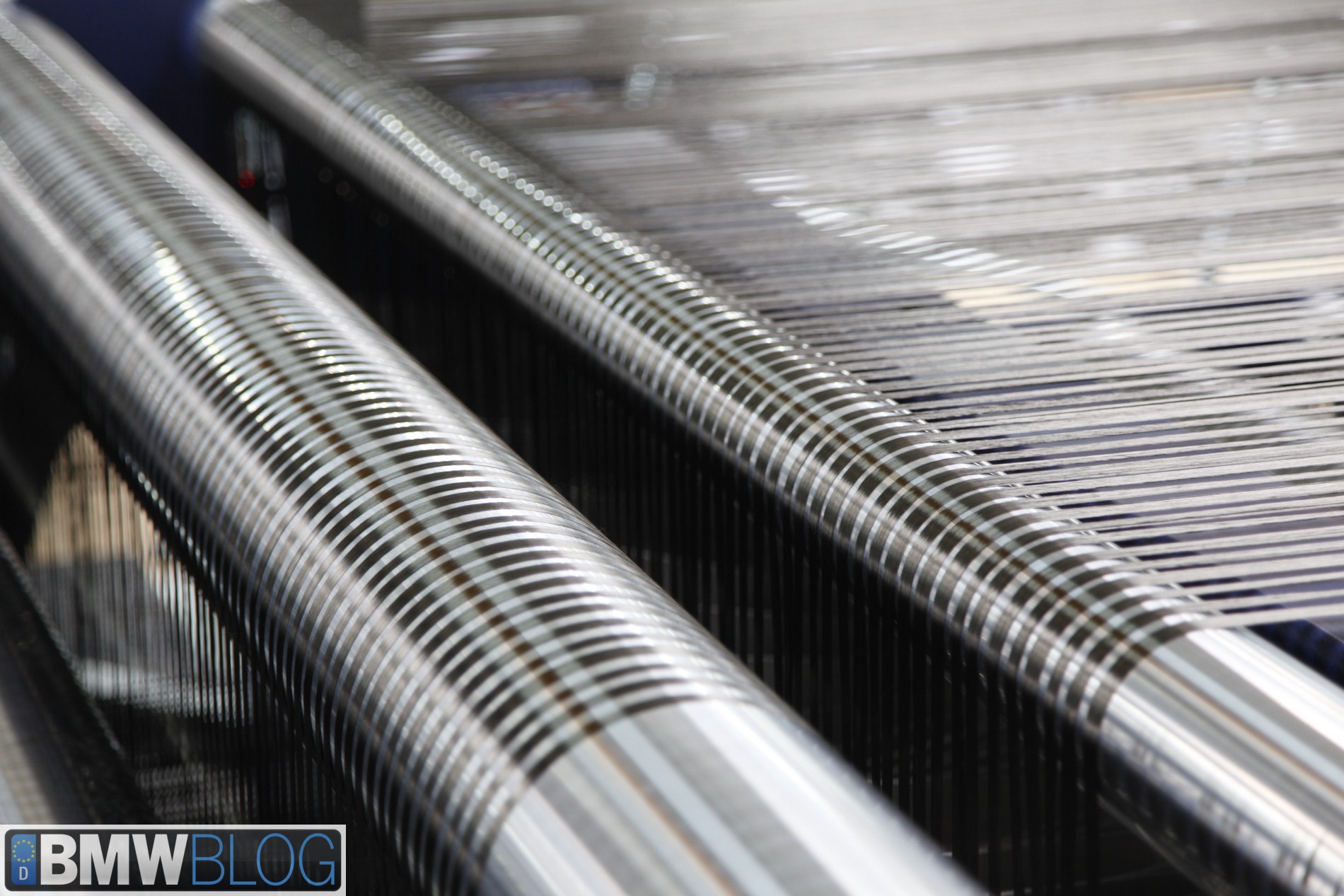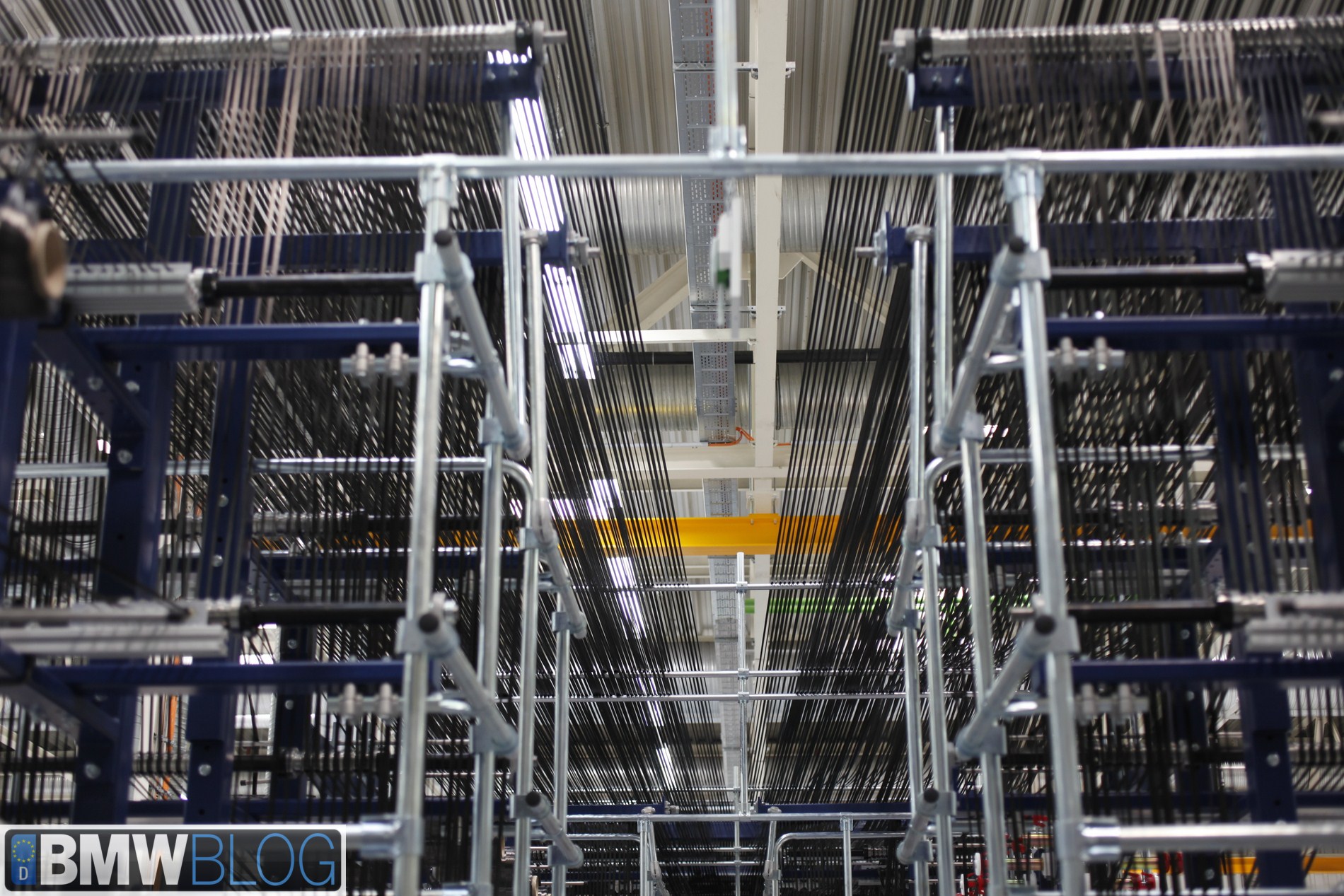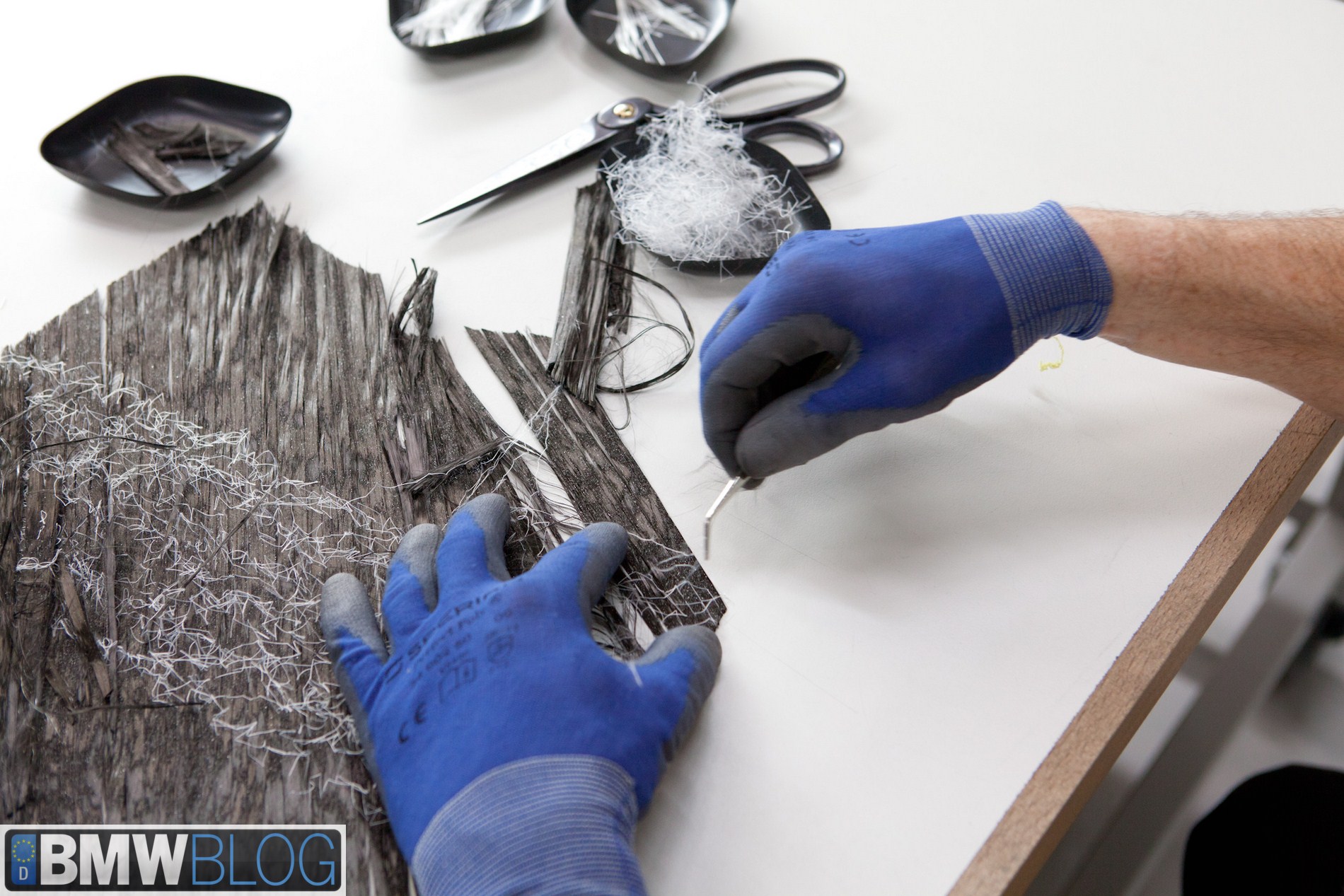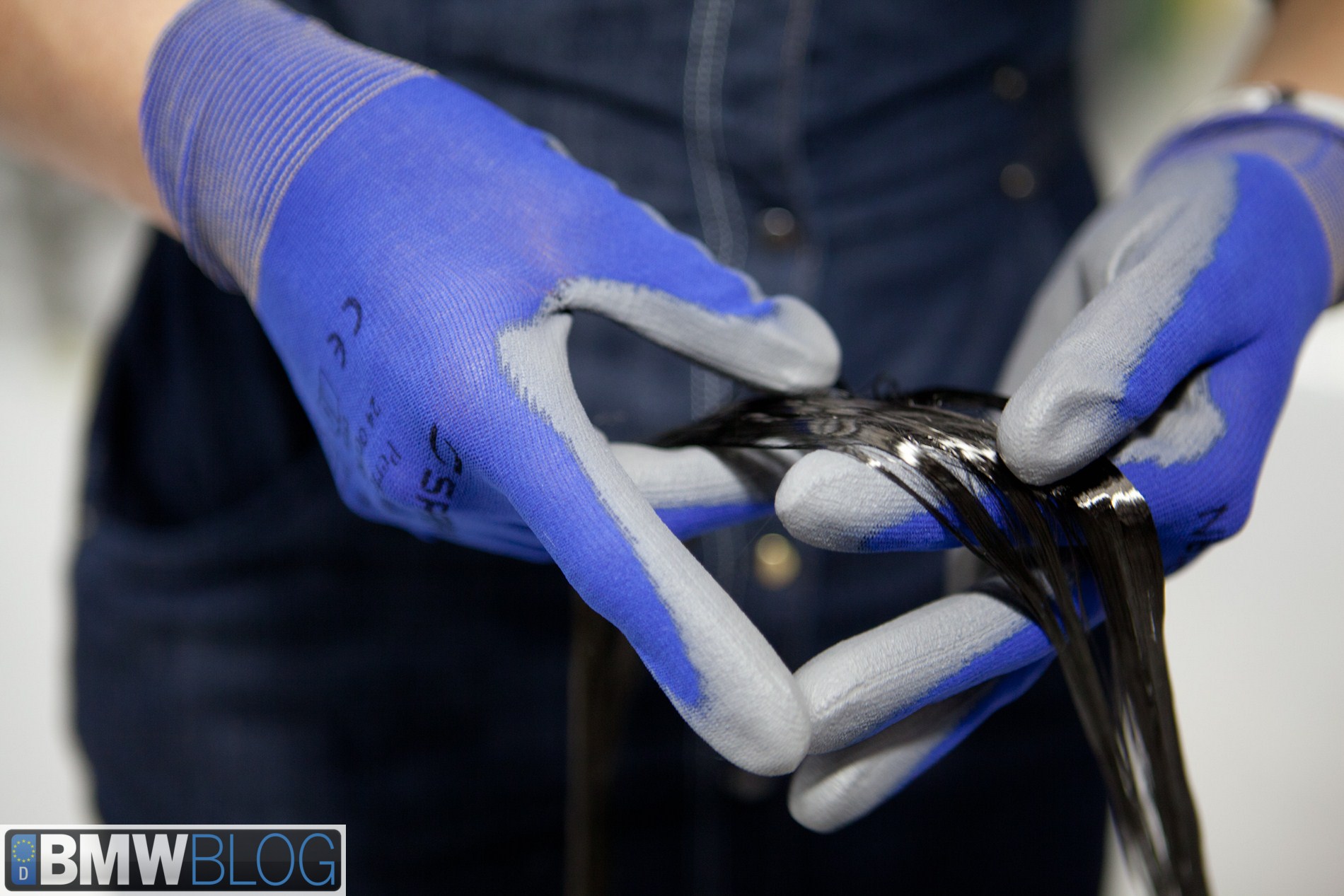BMW has announced that it has started the production of customer i3’s at the Leipzig plant. BMWBLOG has been providing coverage of the CFRP production processes for the sub-brand for the last two years. What BMW has accomplished with the introduction of mass produced CFRP is remarkable. The production of CFRP has been a time and energy intensive process up until now, but BMW has found the processes and techniques to reduce cycle time and reduce energy inputs (and costs) required to make CFRP structures.
However, most of the equipment required to make the CFRP panels is readily available on the open market and given enough money, anyone can build a facility to produce CFRP panels. What they can’t do is produce them in the quick cycle times and relatively cost effective manner that BMW can.
An analogy could be made between the BMW CFRP production processes and the deployment of an aircraft carrier. Many countries, with decent defense budgets, are now flirting with building aircraft carriers. While the basic shape and functionality is available for anyone to see, it is the training, processes, and personnel that make an aircraft carrier viable, not merely the vessel itself. And that is what BMW has in hand, the training, processes, and personnel – gained over ten years of production experience with carbon fiber – that is unique in the industry.
Further, BMW uses proprietary carbon fiber from SGL. They do not use an off-the-shelf product that SGL makes available for sale. And in addition, BMW uses a slightly unusual technique for building the carbon fiber cloth. It is not woven (as can be seen in the close-up of the carbon fiber cloth) but rather is composed of fiber bundles running in the same direction and sewn together. BMWBLOG believes that this is one of the keys to the quick cycle times in the CFRP press. By keeping the cloth strand oriented in a single direction per layer you decrease the time required to flow resin into the cloth.
The process starts with the conversion of polyacrylonitrile into carbon fiber. The precursor is heated to precise temperatures in various stages (not unlike a beer brewer extracting sugars from the mash at various temperatures). The fiber comes out with only residual traces of atoms other than carbon. It is bundled into skeins and shipped to Wackersdorf, Germany for further processing into cloth.
The cloth travels to Landshut and/or Leipzig for processing/pressing into CFRP panels. And the scrap from the processing is returned to Wackersdorf where it is recycled into cloth – according to BMW about 10 percent of the i3’s CFRP structure is composed of recycled cloth.
The CFRP panels are produced using resin transfer molding (RTM) machinery. The cloth is placed in molds and pressed while a vacuum is pulled from one end of the mold and resin is injected from the other end under extreme pressure. The orientation of the cloth fibers, the viscosity and chemical composition of the resin, the temperature of the mold, and the pressure and vacuum introduced to the mold all contribute to the quick cycle times BMW has achieved. And this is the learning curve that other manufacturers will have to go through to duplicate BMW’s processes (and the story we heard is that it would take approximately five years for a good engineering team to get up to speed with BMW’s processes).
Once the individual panels are created they are glued together into a three dimensional body-in-white. And here again BMW has managed to reduce the cycle time for curing the assembled structure. This process is 100 percent automated (and is the equivalent of welding up a steel structure).
The drive module is a mix of aluminum components, castings, stampings, and extruded parts depending on the parts role – suspension carriers, motor cradle, battery assembly housing, or crash protection. The drive module is built up ad then married to the passenger cell (complete with outer skins) further down the production line.
The production flow at Leipzig uses a finger-and-palm approach to intermediate steps. The common assembly processes happen in the palm while individual assembly processes, that require product specific assembly, are completed in the fingers. This results in 1ers, i3s, and other vehicles emerging from the end of the same assembly hall. In addition BMW has taken great pains along the way to use energy efficient processes and as much renewable energy power sources as possible. While this does make for eco sustainability it also makes for good economics.
The start of production for the i3 marks the beginning of mass produced CFRP architectures. Based on a conversation with SGL, there is plenty of capacity to create carbon fibers for additional production capacity and they won’t necessarily have to be i-models – think back to the joint BMW/Toyota sports car project and what they could do with CFRP, just possibly CFRP will be a key component there.
BMW builds slightly less than two million cars a year and yet they’ve stolen the march on CFRP production from their larger competitors. It speaks volumes for the engineering talent and focus of BMW to have done this.





